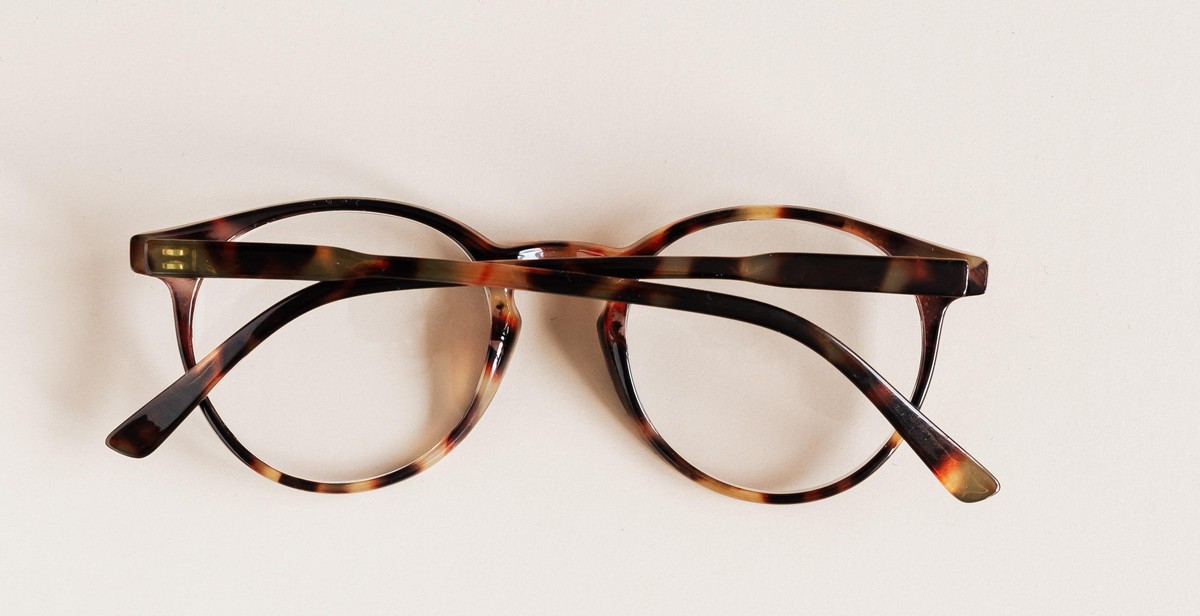How to Choose the Right Magnifying Glass: Selecting the Ideal Tool for Different Tasks
When it comes to magnifying glasses, there are a variety of options available in the market. Choosing the right magnifying glass for your needs can be a daunting task. Whether it’s for reading small print, examining jewelry, or conducting scientific experiments, selecting the right magnifying glass can make all the difference.
Before purchasing a magnifying glass, it’s important to consider a few key factors. The first is the magnification power. Magnification power refers to how much larger an object appears when viewed through the lens. The second factor is the lens size, which determines how much of an object can be viewed at once. Additionally, the type of lens, lighting, and ergonomics should also be considered.
In this article, we will provide a comprehensive guide on how to choose the right magnifying glass for your specific needs. We will cover the different types of magnifying glasses, their features, and how to use them effectively. Whether you’re a hobbyist, professional, or simply need a magnifying glass for everyday tasks, this guide will help you make an informed decision.

Understanding Magnifying Glass
A magnifying glass is a tool that is used to magnify an object or text, making it appear larger than its actual size. It is a convex lens that is usually made of glass or plastic. The lens is curved in such a way that it bends light rays and makes the object appear larger. Magnifying glasses are used in a variety of settings, including science laboratories, jewelry making, and reading small print.
Types of Magnifying Glass
There are different types of magnifying glasses available in the market. The most common types include:
- Handheld Magnifying Glass: This is the most basic type of magnifying glass. It is a small, handheld device that is used to magnify small objects or text. Handheld magnifying glasses are available in different sizes and magnification levels.
- Stand Magnifying Glass: This type of magnifying glass is attached to a stand or base. It is commonly used in science laboratories or for reading purposes. Stand magnifying glasses are available in different sizes and magnification levels.
- Lighted Magnifying Glass: This type of magnifying glass comes with built-in lights that illuminate the object being magnified. It is commonly used for reading small print or for precision work such as jewelry making.
- Clip-On Magnifying Glass: This type of magnifying glass can be clipped onto glasses or spectacles. It is commonly used by people who need to magnify small objects or text while still being able to use their hands for other purposes.
Each type of magnifying glass has its own advantages and disadvantages. When choosing a magnifying glass, it is important to consider the task at hand and the user’s specific needs.
| Type of Magnifying Glass | Advantages | Disadvantages |
|---|---|---|
| Handheld Magnifying Glass | Portable, easy to use | May require steady hand, limited magnification |
| Stand Magnifying Glass | Stable, adjustable, higher magnification | Not portable, requires space |
| Lighted Magnifying Glass | Provides illumination, higher magnification | Requires battery or power source, may be heavier |
| Clip-On Magnifying Glass | Hands-free, portable | May not fit all glasses or spectacles, limited magnification |
In conclusion, understanding the different types of magnifying glasses available and their respective advantages and disadvantages can help in choosing the right tool for different tasks. It is important to consider the user’s specific needs and the task at hand when selecting a magnifying glass.

Factors to Consider when Choosing a Magnifying Glass
Choosing the right magnifying glass can be a daunting task, especially if you are not familiar with the different types and features available. However, there are several factors that you should consider when selecting the ideal tool for different tasks. These factors include:
Magnification Power
The magnification power of a magnifying glass determines how much larger an object will appear when viewed through the lens. Magnifying glasses come in a range of magnification powers, from 2x to 30x. The higher the magnification power, the closer you can get to the object and the more detail you can see. However, higher magnification power also means a smaller field of view and a shorter focal length. When choosing a magnifying glass, consider the task at hand and select a magnification power that will allow you to see the necessary details without sacrificing comfort or usability.
Lens Quality
The quality of the lens is another important factor to consider when choosing a magnifying glass. A high-quality lens will provide a clear, distortion-free image with minimal chromatic aberration. Magnifying glasses with low-quality lenses may produce distorted, blurry, or color-shifted images that can be difficult to use. When selecting a magnifying glass, choose one with a high-quality lens made from materials such as glass or acrylic.
Design and Size
The design and size of a magnifying glass can also affect its usability and comfort. Magnifying glasses come in a variety of shapes and sizes, including handheld, stand-mounted, and wearable designs. Handheld magnifying glasses are portable and easy to use, but may require holding the lens close to the eye for extended periods. Stand-mounted magnifying glasses are ideal for hands-free use but may be less portable. Wearable magnifying glasses, such as those that clip onto glasses or headbands, provide a more natural viewing experience but may be less comfortable for extended use. When selecting a magnifying glass, consider the design and size that will best suit your needs and preferences.
Lighting
Lighting can also play a crucial role in the effectiveness of a magnifying glass. Magnifying glasses with built-in lights can provide additional illumination for improved visibility and clarity. Some magnifying glasses feature LED lights, which provide bright, even illumination with low power consumption. When selecting a magnifying glass, consider whether additional lighting will be necessary for your intended use, and choose a tool with appropriate lighting features.
Conclusion
By considering these factors, you can select the ideal magnifying glass for different tasks with confidence. Whether you need a tool for reading small print, examining objects up close, or performing detailed work, there is a magnifying glass available to suit your needs.
Choosing the Right Magnifying Glass
Magnifying glasses are essential tools that help in magnifying objects to make them appear larger and clearer. They come in different shapes, sizes, and magnifying powers, making them ideal for various tasks. Here are some tips to help you choose the right magnifying glass for different tasks:
Reading Small Text
If you have trouble reading small text, you need a magnifying glass with a moderate magnification power, typically between 2x and 4x. A handheld magnifying glass with a diameter of 2.5 inches or more is ideal for reading small text. Look for a magnifying glass with a built-in light to enhance visibility in low-light conditions.
Inspecting Jewelry and Coins
When inspecting jewelry and coins, you need a magnifying glass with a higher magnification power, typically between 5x and 20x. A jeweler’s loupe is an excellent choice for this task. It’s a small handheld magnifying glass that provides a close-up view of small details. Make sure to choose one with a high-quality lens to ensure clarity.
Examining Plants and Insects
When examining plants and insects, you need a magnifying glass with a large diameter, typically between 3 and 5 inches. A handheld magnifying glass with a magnification power of 2x to 4x is ideal for this task. Look for a magnifying glass with a sturdy handle and a scratch-resistant lens to withstand outdoor use.
Sewing and Needlework
When sewing or doing needlework, you need a magnifying glass that provides a close-up view of the fabric. A magnifying glass with a magnification power of 2x to 4x and a lens diameter of 2 inches or more is ideal for this task. Look for a magnifying glass with a flexible gooseneck stand to adjust the angle and position of the lens.
Model Making and Hobbyists
When working on small models or hobbies, you need a magnifying glass with a high magnification power, typically between 10x and 20x. A tabletop magnifying glass with a large lens diameter and built-in LED light is ideal for this task. Look for a magnifying glass with a sturdy base and an adjustable arm to position the lens at the desired angle.
| Task | Magnification Power | Lens Diameter |
|---|---|---|
| Reading Small Text | 2x to 4x | 2.5 inches or more |
| Inspecting Jewelry and Coins | 5x to 20x | N/A |
| Examining Plants and Insects | 2x to 4x | 3 to 5 inches |
| Sewing and Needlework | 2x to 4x | 2 inches or more |
| Model Making and Hobbyists | 10x to 20x | Large |

Conclusion
Choosing the right magnifying glass is crucial for different tasks, whether it is for reading small print, examining small objects, or working on intricate details. By considering the factors discussed in this article, such as magnification power, lens diameter, lighting, and ergonomics, you can select the ideal tool that meets your specific needs and preferences.
It is important to note that magnifying glasses come in various types and designs, such as handheld, stand, and illuminated magnifiers. Each type has its advantages and limitations, so it is essential to choose the one that suits your task and working conditions the most.
Moreover, it is recommended to invest in a high-quality and durable magnifying glass that can last for years and provide clear and distortion-free magnification. While there are many affordable options in the market, they may not offer the same level of quality and performance as the premium ones.
Lastly, it is crucial to use magnifying glasses safely and correctly to avoid eye strain, fatigue, and other health issues. Make sure to follow the manufacturer’s instructions and take regular breaks to rest your eyes and avoid overexertion.
With the right magnifying glass and proper usage, you can enhance your vision and achieve better accuracy and efficiency in your daily tasks and hobbies.
